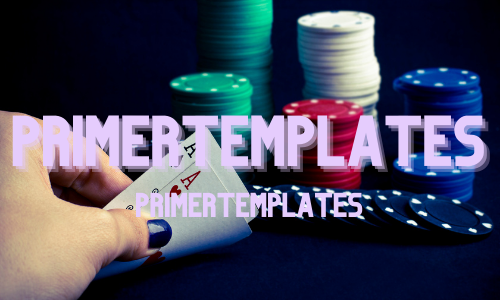
Will the advancement of virtual reality technology result in the emergence of a new generation of online gambling sites? We examine the facts.
Oculus Rift, Samsung Virtual Reality, and HTC Vive. If you’ve been paying attention to the tech sector during the previous three years, you’ll recognize these brands.
As technology advances, the capabilities of virtual reality (VR) headsets expand. According to Research and Markets, the virtual reality market will increase at a 54.84 percent annual pace during the next five years.
According to the research firm’s 2017 estimate, virtual reality education tools alone could be worth $2.2 billion (£1.6 billion) by 2023.
This raises two issues:
- Will online casino site(카지노사이트) utilize virtual reality technology to the fullest extent possible?
- To what extent may virtual reality technology enhance our gaming experience?
If you look at current iGaming trends, you’ll find a push for greater realism. Our Live Casino lounge is an example of this.
What began as a handful of alternatives has grown into a full suite that includes blackjack, roulette, baccarat, poker, and Dream Catcher, a Wheel of Fortune-style game.
These games are distinguished by the presence of genuine croupiers and dealers, as opposed to computer-generated graphics. This has the effect of increasing the authenticity of everything and, consequently, the level of engagement.
The next generation of gaming is driven by realism.
After live dealer games, today’s foremost developers are focusing their efforts on creating virtual settings that look and feel realistic. Software firms can no longer mix visual stimulus and sensory feedback via haptic technologies.
Additionally, you have biofeedback alternatives. Nevermind, a virtual reality horror game, was one of the first to employ technology that actively reads the user’s physical indications.
The game can tell whether the player is worried by monitoring their heart rate. The game can then adapt to the player’s changing vital signs.
This type of technology has the potential to be a goldmine for live casino games. Indeed, Microgaming and NetEnt have already begun investigating the prospects of virtual reality casino games.
Microgaming took the initiative in 2016 with the development of a prototype for a new virtual reality Roulette experience. Since then, NetEnt has enhanced the immersive experience of their popular slot Gonzo’s Quest. Naturally, the virtual reality casino business is in its infancy, but the seeds have been sown.
The possibilities are (possibly) limitless.
Will virtual reality enable us to explore a Las Vegas casino? Could haptics reintroduce the vibrancy of riffling chips?
What about biofeedback; may the nerves of a player have an effect on the game’s flow? In principle, there are a plethora of possibilities when VR and casino games are combined. However, reality may be quite different.
While gamblers desire a more realistic betting experience, quickness remains critical. When you ante-up at a live roulette table, you have around 15 seconds to place your bets.
Maintaining a high tempo of action is the only way to prevent players from becoming bored or frustrated.
In the case of virtual reality games, speed may be a concern. Just as individuals attend a bricks-and-mortar casino to have fun, the same may occur in a virtual reality setting. Apart from the novelty component, individuals may believe it is OK to take their time or succumb to distractions.
This could jeopardize the experience’s validity.
Is it possible to maintain a balance between reality and virtual reality?
Virtual reality will definitely find a home in the realm of iGaming. However, the exact amount of space it will require is unknown. The possibilities are obviously fascinating, and with careful planning, they have the potential to revolutionize the business.
However, if developers are unable to establish the appropriate blend of speed, engagement, and realism, virtual reality may not be the future of casino gambling.